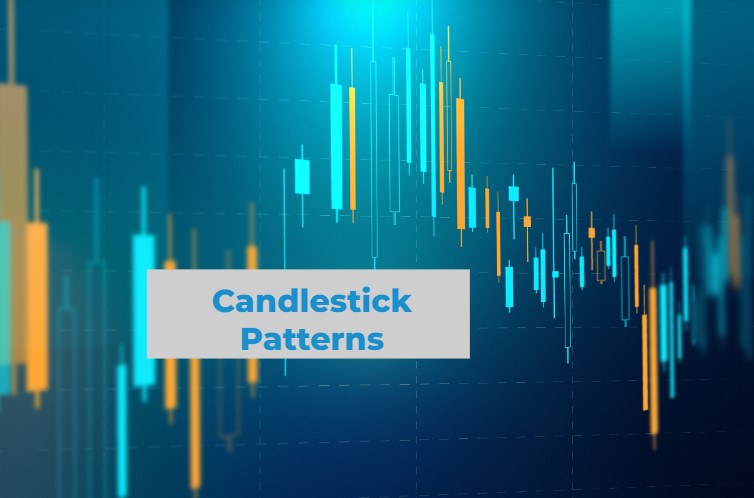Candlestick patterns are widely used in technical analysis by traders to predict potential market movements. These patterns represent price movements in a specific time period and help traders make informed decisions. But how many candlestick patterns are there? While the exact number varies depending on classification, there are over 50 common candlestick patterns, each offering unique insights into market trends.
Understanding Candlestick Patterns
Before diving into how many patterns exist, it’s essential to understand what candlestick patterns are. These patterns are visual representations of price action, typically showing the high, low, open, and close prices of an asset over a given time frame.
Candlestick patterns can be classified into two main types:
- Bullish patterns: Indicate potential price increases.
- Bearish patterns: Suggest a possible decline in price.
How Many Candlestick Patterns Are There?
The total number of candlestick patterns varies based on different interpretations, but traders commonly use around 16 to 30 core patterns. These patterns can be broken down into single, double, and triple candlestick formations, making the total number of recognized patterns greater than 50. Here’s a breakdown of some commonly used patterns:
- Single Candlestick Patterns: Includes Doji, Hammer, Shooting Star, and Spinning Top.
- Double Candlestick Patterns: Features patterns like Bullish Engulfing and Bearish Engulfing.
- Triple Candlestick Patterns: Includes the Morning Star, Evening Star, and Three White Soldiers.
Powerful Candlestick Patterns Every Trader Should Know
There are several powerful candlestick patterns that traders rely on for significant signals. Some of the most effective ones include:
- Hammer: A bullish reversal pattern indicating a potential upward trend after a decline.
- Shooting Star: A bearish pattern suggesting the reversal of an uptrend.
- Bullish Engulfing: A strong indicator of a potential price rise, where a smaller red candle is engulfed by a larger green candle.
- Bearish Engulfing: Indicates a potential drop in price when a smaller green candle is engulfed by a larger red candle.
Commonly Used Candlestick Patterns
| Pattern Name | Type | Description |
|---|---|---|
| Hammer | Bullish | Signals potential reversal after a downtrend |
| Bullish Engulfing | Bullish | Indicates a price rise after a bearish session |
| Bearish Engulfing | Bearish | Suggests a reversal after an uptrend |
| Morning Star | Bullish | A three-candlestick pattern indicating reversal |
| Evening Star | Bearish | Signals the end of an uptrend |
| Doji | Neutral | Represents indecision in the market |
How to Use Candlestick Patterns Effectively
While it’s important to know how many candlestick patterns are there, understanding their context is key. Candlestick patterns should be used in conjunction with other technical analysis tools such as:
- Moving Averages
- Relative Strength Index (RSI)
- Volume Analysis
By combining candlestick patterns with other tools, traders can strengthen their strategies and make more informed decisions.
Also Read: What is a Bull Market and It’s Cause?
Conclusion
So, how many candlestick patterns are there? While the number of patterns is extensive, mastering a few powerful candlestick patterns is often enough for traders to succeed. Understanding and effectively applying these patterns can significantly enhance your trading strategy.
Candlestick patterns remain one of the most powerful tools in technical analysis, helping traders predict price movements and navigate market volatility. Knowing how many candlestick patterns are there and their meanings can lead to smarter investment decisions.
